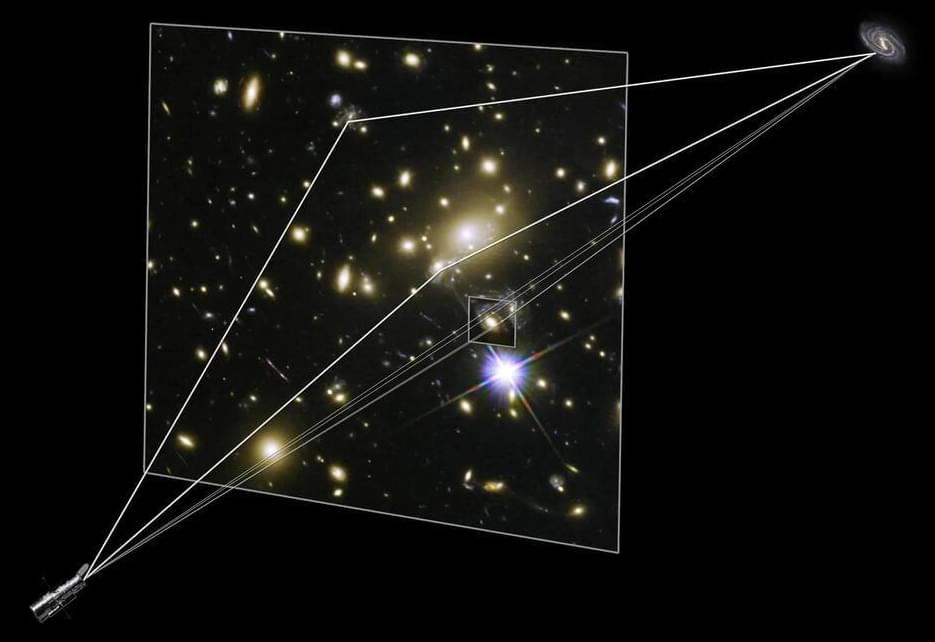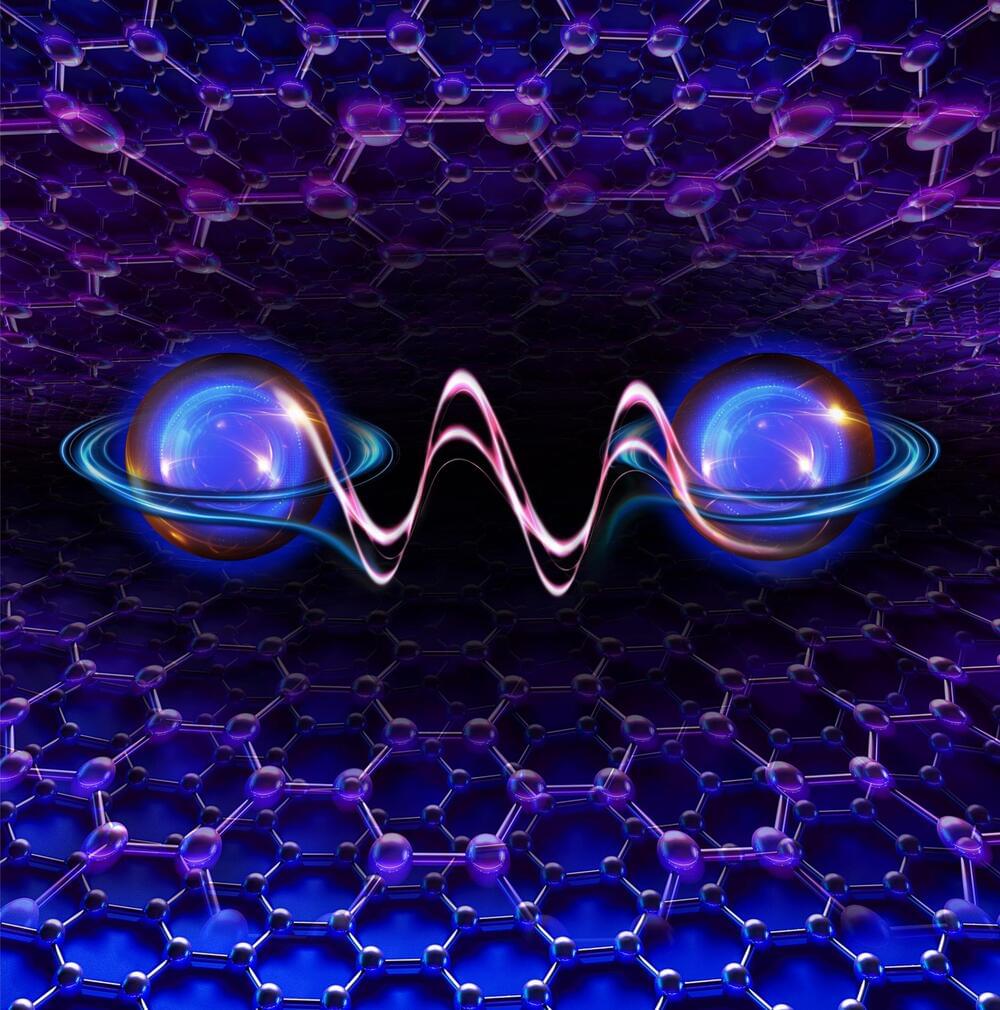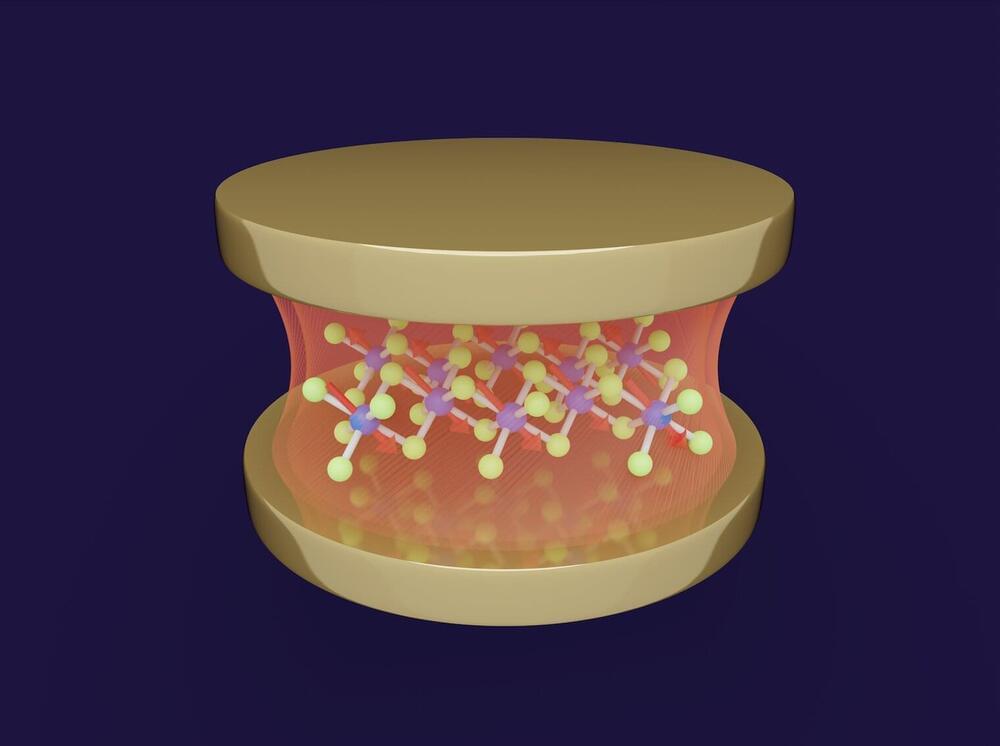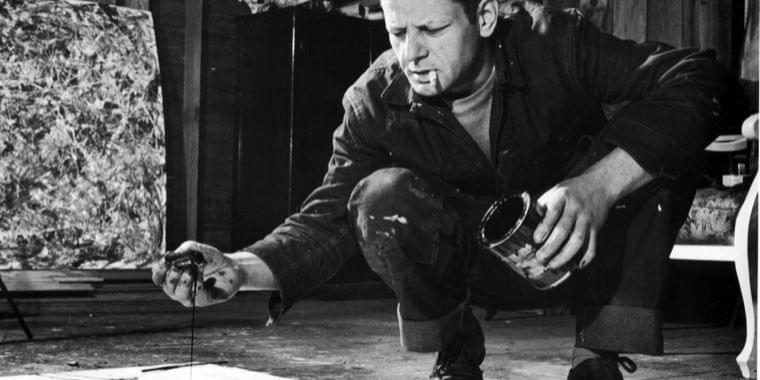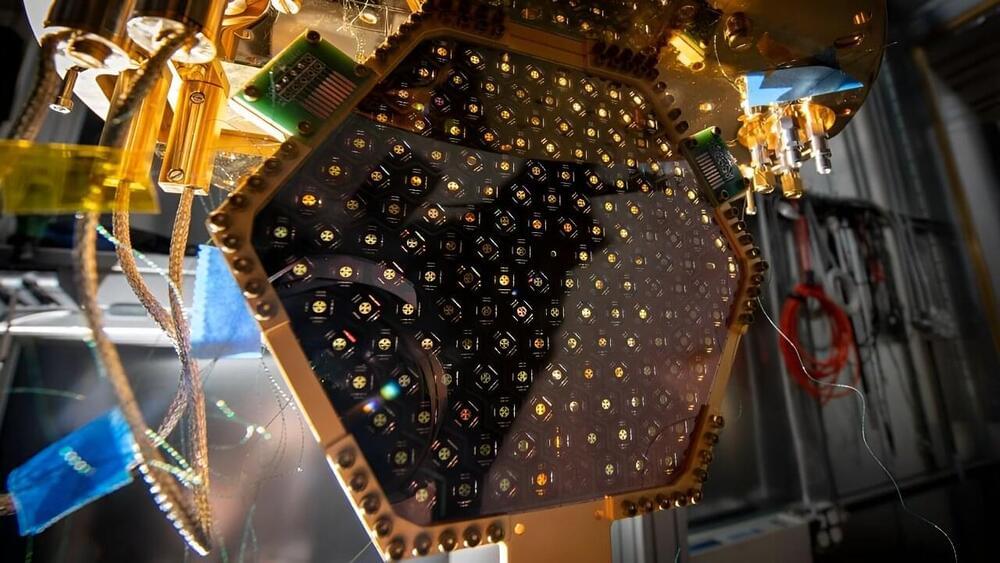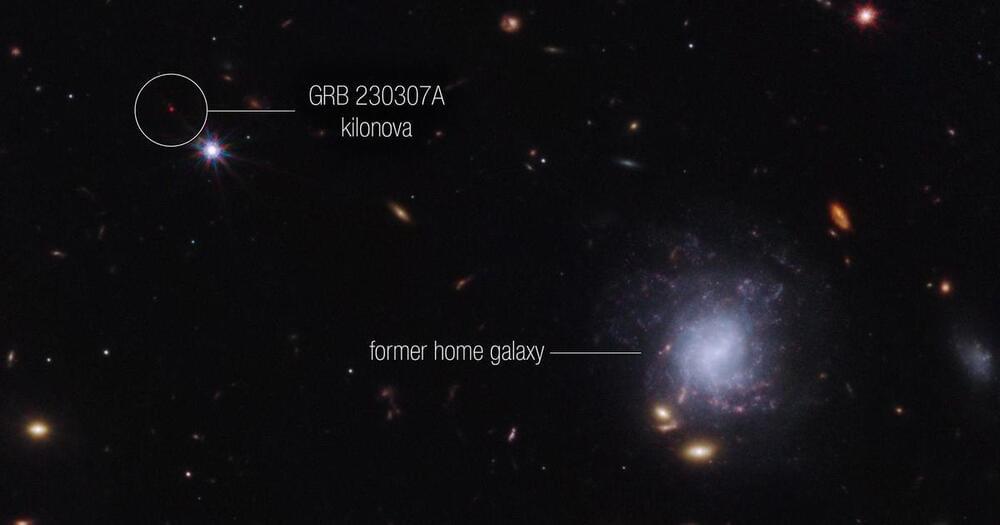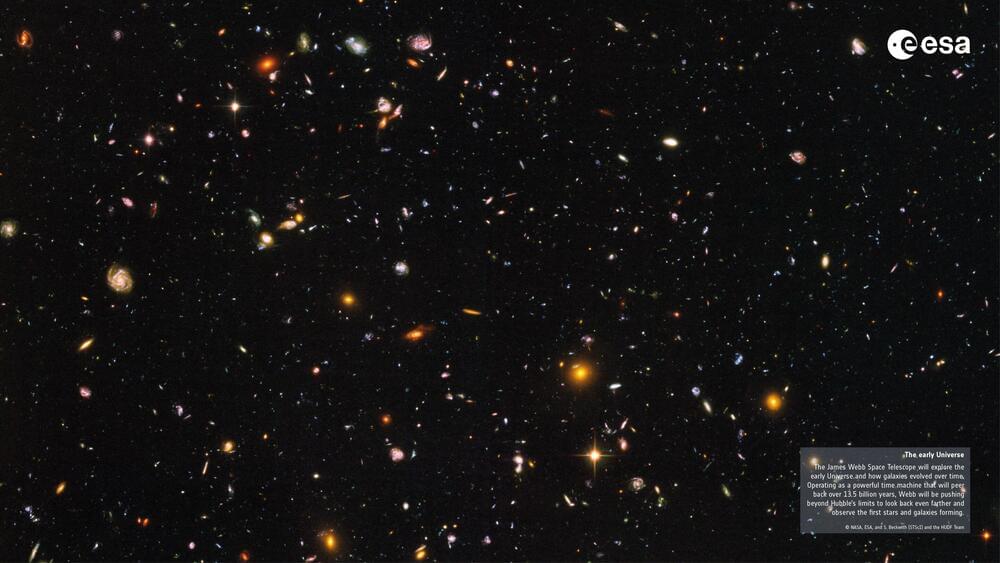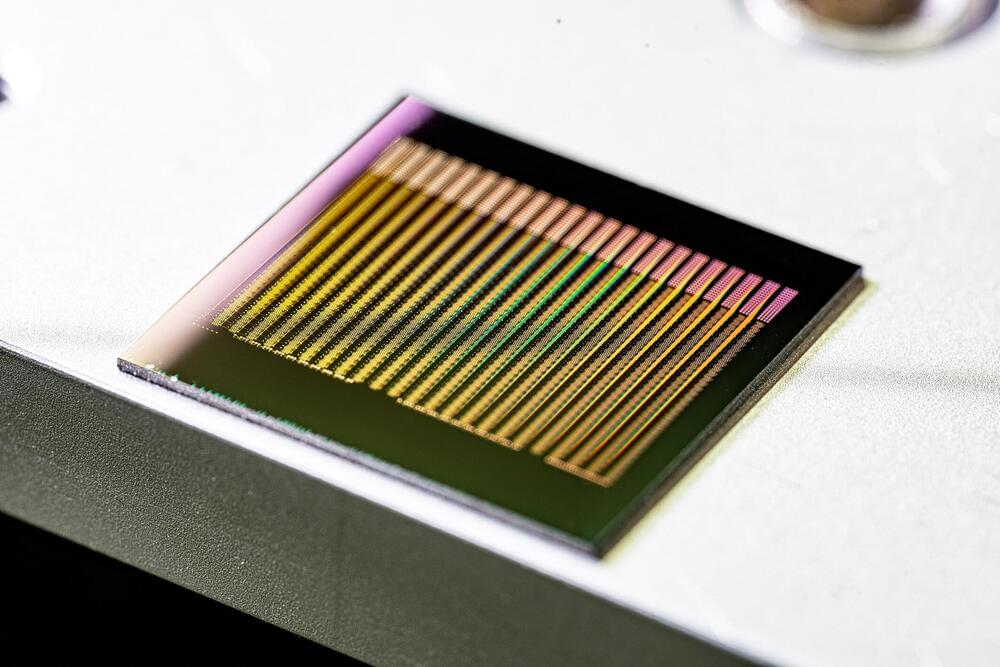Nov 4, 2023
Civilizations Could Use Gravitational Lenses to Transmit Power From Star to Star
Posted by Paul Battista in categories: alien life, evolution, internet, physics
In 1916, famed theoretical physicist Albert Einstein put the finishing touches on his Theory of General Relativity, a geometric theory for how gravity alters the curvature of spacetime. The revolutionary theory remains foundational to our models of how the Universe formed and evolved. One of the many things GR predicted was what is known as gravitational lenses, where objects with massive gravitational fields will distort and magnify light coming from more distant objects. Astronomers have used lenses to conduct deep-field observations and see farther into space.
In recent years, scientists like Claudio Maccone and Slava Turyshev have explored how using our Sun as a Solar Gravity Lens (SGL) could have tremendous applications for astronomy and the Search for Extratterstiral Intelligence (SETI). Two notable examples include studying exoplanets in extreme detail or creating an interstellar communication network (a “galactic internet”). In a recent paper, Turyshev proposes how advanced civilizations could use SGLs to transmit power from star to star – a possibility that could have significant implications in our search for technosignatures.
The preprint of Turyshev’s paper, “Gravitational lensing for interstellar power transmission,” recently appeared online and is being reviewed for publication. Slava G. Turyshev is a research scientist with the Structure of the Universe Research Group at NASA’s Jet Propulsion Laboratory. This group is engaged in a wide range of research topics associated with the evolution of the Universe from the Big Bang to the present day. This includes the formation of the first stars and galaxies, the role of Dark Matter and Dark Energy in the formation of large-scale cosmic structures, and the accelerating expansion of the cosmos Universe (respectively).
